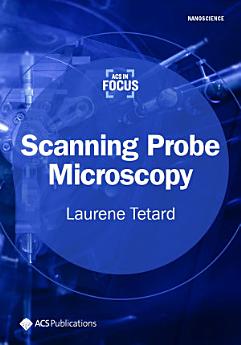Scanning Probe Microscopy
এই ই-বুকের বিষয়ে
Getting started with SPM can be intimidating. This digital primer aims to provide undergraduate and graduate students majoring in various fields of science and engineering with a practical guide to grasp essential concepts and principles related to SPM image and spectra formation and their interpretation. This guide may also be helpful to researchers who are considering new ways of evaluating nanoscale properties of materials, devices, or living systems as applicable to their respective fields. Because of the extensive literature on the developments and applications of SPM, it was impossible to comprehensively cover all aspects of the field. Hence, deliberate choices were made to emphasize some techniques that have not been discussed as extensively in the literature but hold great promise to understand complex systems at the nanoscale.
লেখক সম্পর্কে
Laurene Tetard is an Associate Professor in the Department of Physics and the NanoScience Technology Center at the University of Central Florida. She received her B.S. in Physics and Chemistry in 2004 and her M.S. in Physics – Nanotechnology in 2006 from the University of Burgundy in France. She received her Ph.D. in Physics from the University of Tennessee Knoxville in 2010. She was a Eugene P. Wigner Fellow at the Oak Ridge National Laboratory from 2011 to 2013 before joining the University of Central Florida as an Assistant Professor in 2013. Her interdisciplinary research has been distinguished by a NSF CAREER award, a Scialog award, a Gordon and Betty Moore Experimental Physics Investigator award, among others.







